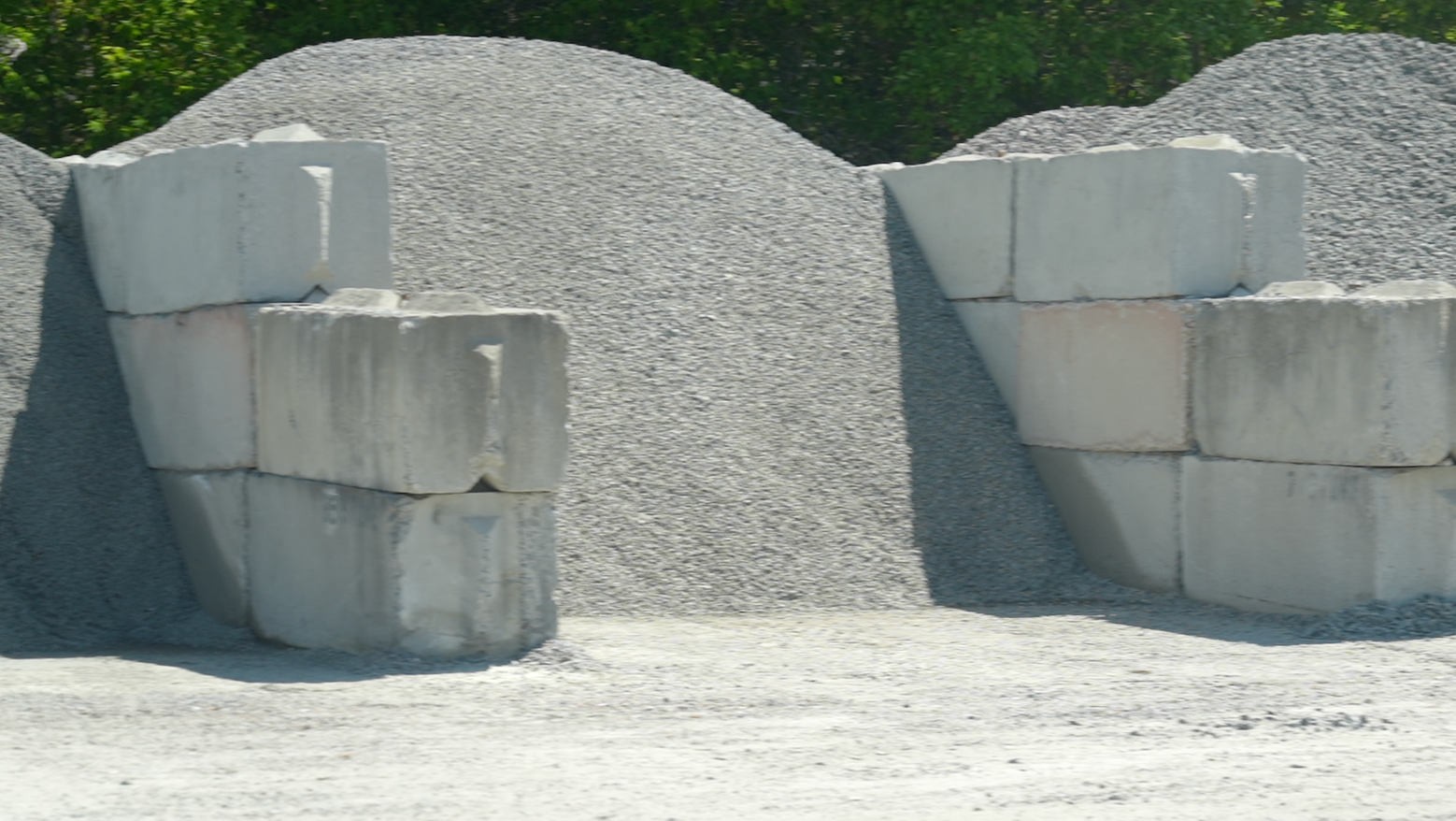Below is a simple checklist for your landscape during the month of August in the Lowcountry
August in the Lowcountry is typically hot and rainy. Take caution against fungal diseases, which wet conditions may encourage. Maintain mulch application as needed for moisture retention and weed control. Divide overgrown perennials as needed during the summer harvest. Start planning your fall vegetable garden now that you've completed your summer crops.
1. Prepare your garden for cool-weather annuals and perennials.
The best time to start planning your fall bloom gardens is in August. Examine and evaluate the condition of your garden layouts. Are there any areas that were colorful and showy in the spring and summer that become dull green in the fall? These beds would be ideal for adding some color to the season.
If you intend on using seeds from a seed catalog, now is the time to sow cool-weather annuals like pansies, violas, and snapdragons.
Are you not patient enough to sow seeds? There's no problem! Towards the end of August, we'll have a big supply of garden mums, asters, ornamental cabbage and kale (when weather permits), pansies (when weather permits), and other fall-flowering annuals.
Then, while you're waiting for the transplants to arrive, prepare your garden beds now by removing weeds and trimming back overgrown plants.
2. Keep ahead of garden pests and diseases
Pests and illnesses can be a problem in the summer, so it's crucial to stay ahead of them to preserve your grass and gardens healthy throughout the fall. Japanese beetles' eggs (grubs) can gnaw away at your lawn's roots below ground as they prepare for their winter assault.
It's now the ideal time to develop and implement a grub control plan, and Taylor's has exactly what you need. If applied as a lawn fertilizer in the same manner, a Taylor's team member will assist you choose the appropriate pesticides to keep grass-eating pests at bay this fall.
Right before the fall seasons, many clients visit Taylor's complaining about sooty mold on their hollies and other evergreen plants' leaves and stems. You might mistake it for a fungus at first, but don't jump to conclusions! "Sooty mold" is what it's called, and it's an indication of an insect infestation, most commonly aphids, scale, or mealybugs. The insects secrete this sooty substance as they eat. The infestation will be eliminated with insecticide treatment, and the sooty mold will wash away over time.
Powdery mildew can spread easily in our humid, hot summers. Many of your plants may be affected by powdery mildew due to the dry heat and high humidity. The leaves will exhibit a greyish-white powdery substance, which is how you'll recognize it. It almost looks like someone sprinkled talcum or powdered sugar all over your prized plants.
Symptoms include fuzzy, discolored leaves and dim or non-growing foliage. This mildew can prevent photosynthesis in your plants over time, resulting in issues of growth and performance. Trim infected areas, remove any debris under the plants, and use a multi-purpose fungicide to destroy any remaining spores to cure powdery mildew.
3. Cut grass at the proper length
In August, the Lowcountry's heat and humidity may wreak havoc on your lawn. Ensure that your mowers are set to cut no more than a third of the height of your grass. This protects the grass from overheating. Cutting your grass at the proper height also helps it to develop a deeper and healthier root system, allowing it to better withstand the heat, drought, disease, and pests.
4. Water & fertilize your lawn and garden as needed
During the hot days of summer, be sure to water your lawn and garden as needed. Brown spots in your lawn are usually caused by either too much or too little water. If you see brown patches appearing in your grass, check the soil first before automatically reaching
If you haven't already done so, now is the time to fertilize your lawn for the last time this year for most residents from Savannah, Ga to Summerville, SC. Slow-release nitrogen fertilizer should be used in August to help your lawn recover from summer stress and prepare it for fall growth.
5. Lawn Aeration in the Lowcountry
If you're eager to get ahead on your lawn restoration for the fall, now is an excellent time to aerate. Aeration removes small clumps of soil from the soil, allowing water and nutrients to reach turf roots while improving drainage.
More helpful tips from Taylor's Landscape Supply
- Mulch helps to moderate soil, root, and crown temperatures from extremes not only in winter but also throughout the growing season
- Top up ponds and bird baths regularly.
- Water fruit and veg plants daily.
- Prune all summer flowering shrubs, such as climbing hydrangeas, once the blooms are finished.
- Keep on top of weeds as they compete with your crops for nutrients and water.
Take care of these tasks, and you’ll be ready to tackle the challenges of the fall season on your property!






